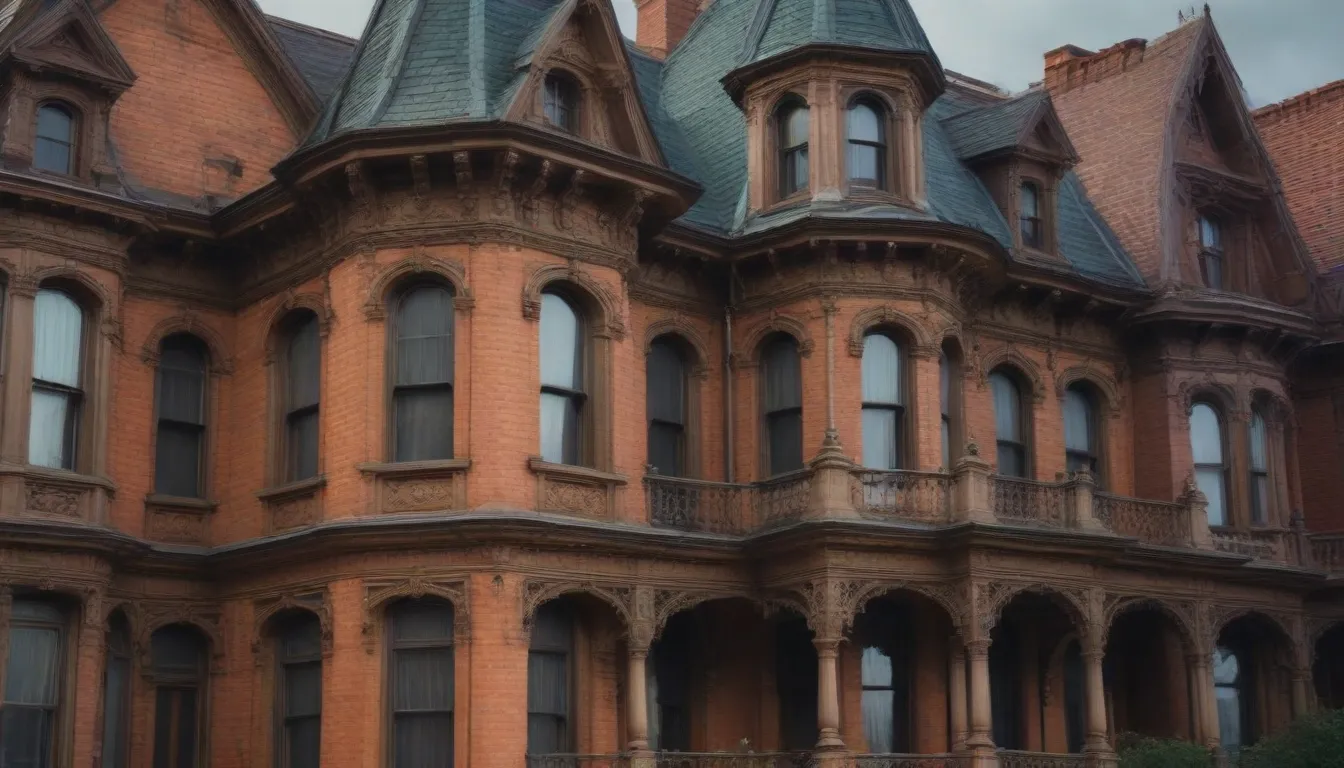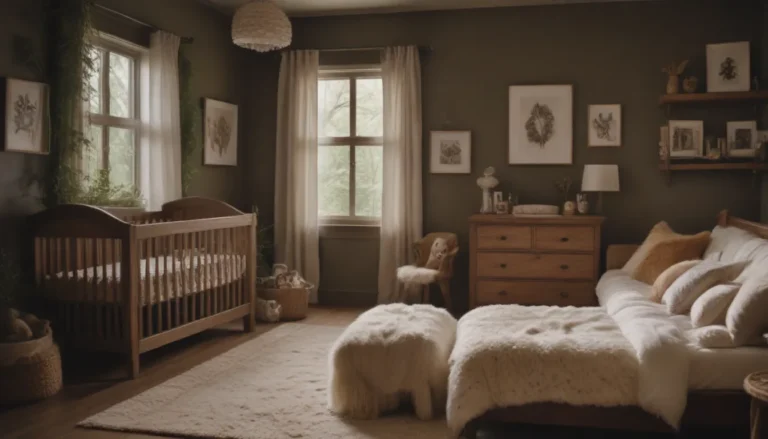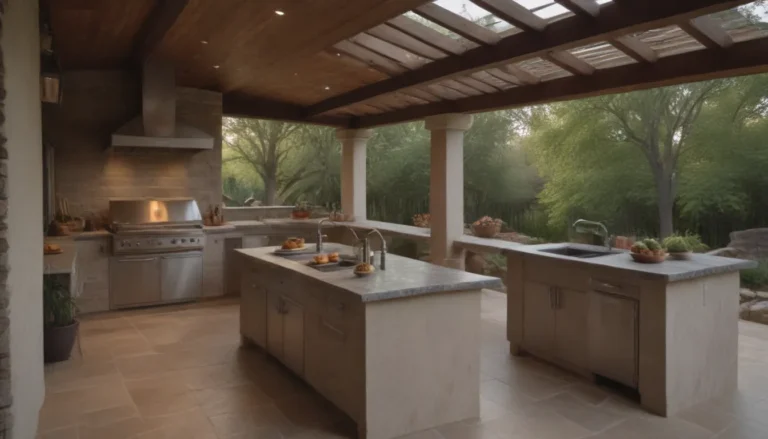Exploring Victorian Architecture: A Detailed Look at the Iconic Era

When we hear the term Victorian architecture, we may think of intricate designs, ornate details, and a certain charm that transports us back in time. But what exactly is Victorian architecture, and why does it hold such a significant place in history? Let’s delve into the world of Victorian architecture to uncover its rich history, defining characteristics, and fascinating facts that make it a beloved style to this day.
Unraveling the History of Victorian Architecture
The Victorian era, named after Queen Victoria’s reign over the United Kingdom from 1837 to 1901, was a time of immense change and innovation in architecture. This period marked a departure from the previous Georgian style, characterized by more spacious rooms and a focus on functionality. The Victorian era ushered in a new wave of architectural styles, blending influences from various design movements such as Gothic Revival, Italianate, Greek Revival, and Queen Anne.
As the Industrial Revolution fueled mass production and an expanding middle class, Victorian architecture evolved to accommodate the diverse needs of society. From humble terraced houses for factory workers to grand detached homes with modern amenities like running water and gas, Victorian-era buildings reflected the changing landscape of urban living.
Key Characteristics of Victorian Architecture
Victorian architecture is known for its extravagant ornamentation and intricate detailing, both on the exterior and interior of buildings. Some common features that define Victorian-style structures include:
- Elaborate facades with decorative trim, scrollwork, and moldings
- Steeply pitched roofs with intricate gables and dormers
- Tall, narrow windows with colorful stained glass or ornate wooden frames
- Use of diverse materials such as brick, stone, and wood to create visual interest
- Varied floor plans with multiple levels and unique room configurations
In addition to the external features, Victorian-era interiors were equally opulent and lavish. Layered patterns, rich textures, and vibrant colors were hallmarks of Victorian decor, creating a sense of grandeur and luxury in every room.
Exploring Intriguing Facts About Victorian Architecture
While Victorian architecture has left an indelible mark on cities around the world, there are some lesser-known facts and tidbits that add to its allure:
- In San Francisco, the iconic “painted ladies” row houses are a quintessential example of Victorian architecture, featuring vibrant colors and ornate details that have captivated visitors for decades.
- The Edwardian style, which succeeded the Victorian era, embraced simpler designs and cleaner lines, reflecting a shift towards more streamlined aesthetics.
- The Victorian Society in the UK works tirelessly to preserve and protect historic Victorian and Edwardian buildings, ensuring that these architectural gems continue to be appreciated for generations to come.
Embracing the Timeless Appeal of Victorian Architecture
As we reflect on the legacy of Victorian architecture, it’s clear that this era continues to inspire and captivate us with its unparalleled beauty and complexity. Whether you admire the intricate details of a Victorian mansion or the charming simplicity of an Edwardian townhouse, there’s a timeless elegance to these architectural styles that transcends time and trends.
So the next time you stroll through a historic neighborhood or gaze upon a row of Victorian homes, take a moment to appreciate the craftsmanship and artistry that went into creating these architectural treasures. Victorian architecture may have originated in England, but its influence has spread far and wide, leaving an indelible mark on the built environment of countries across the globe.
In conclusion, Victorian architecture is more than just a style—it’s a testament to the creativity, innovation, and ingenuity of the architects and builders who shaped our cities and towns during this iconic era. Let’s celebrate and preserve the beauty of Victorian architecture for future generations to enjoy and admire.





